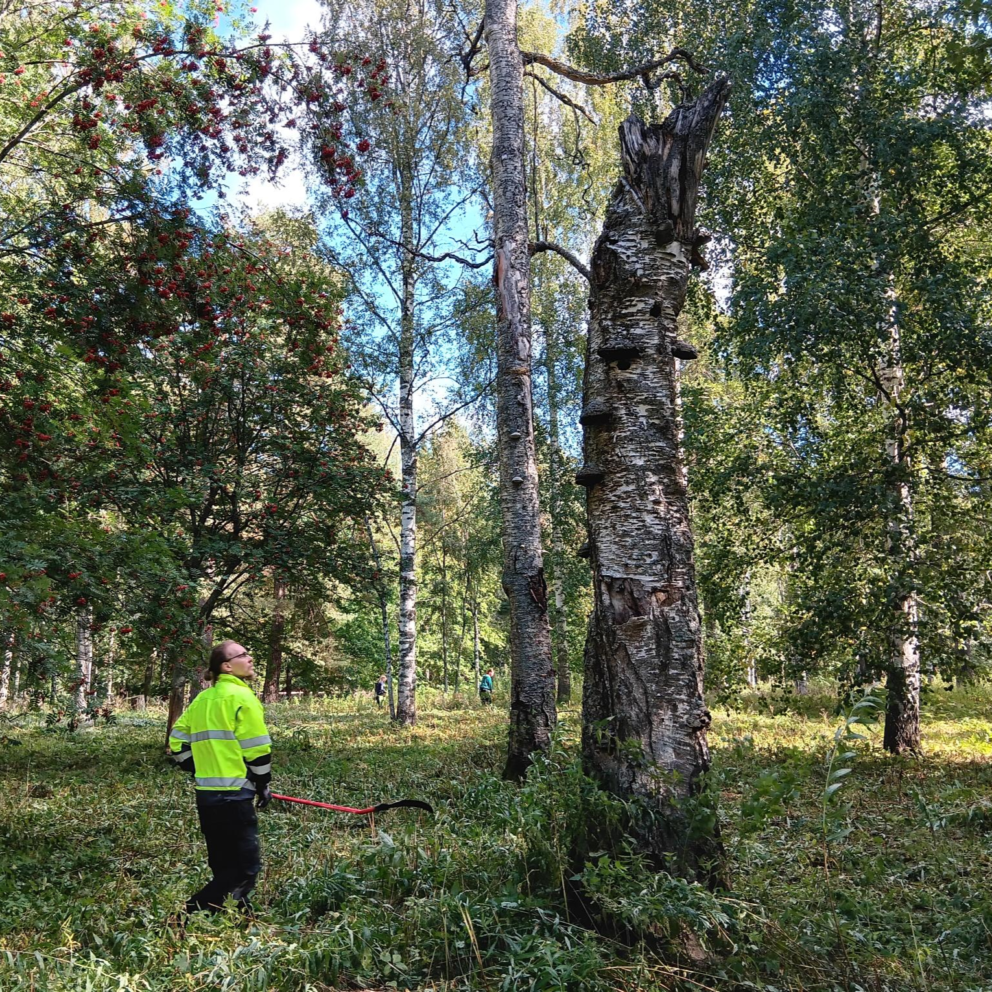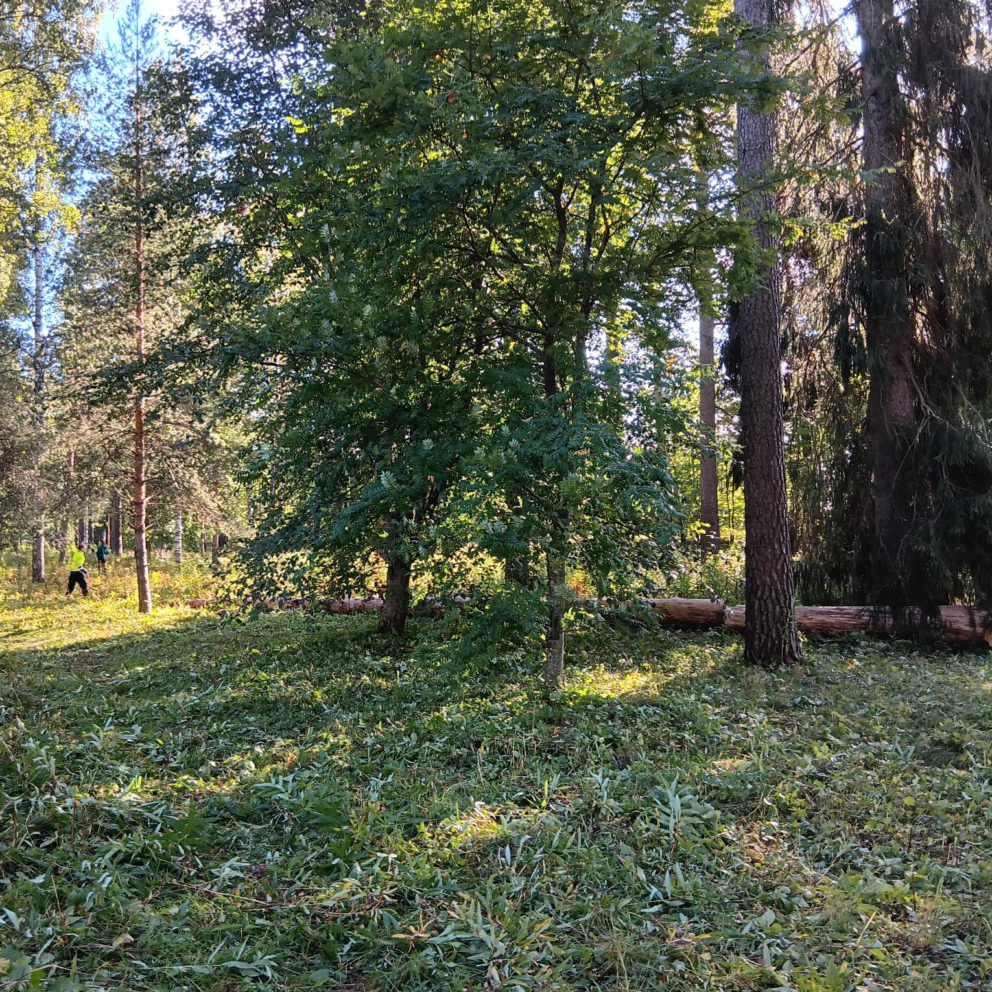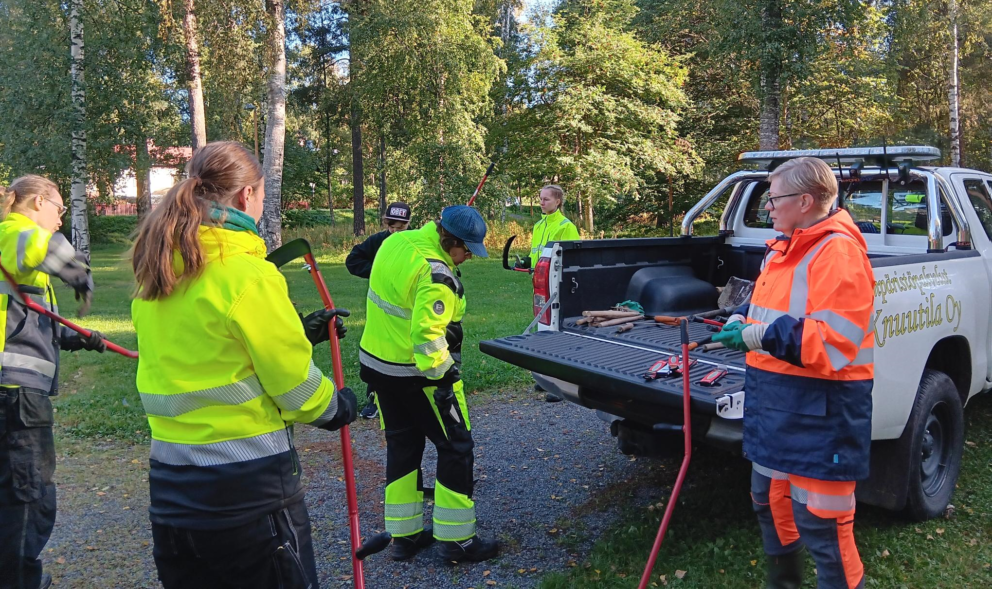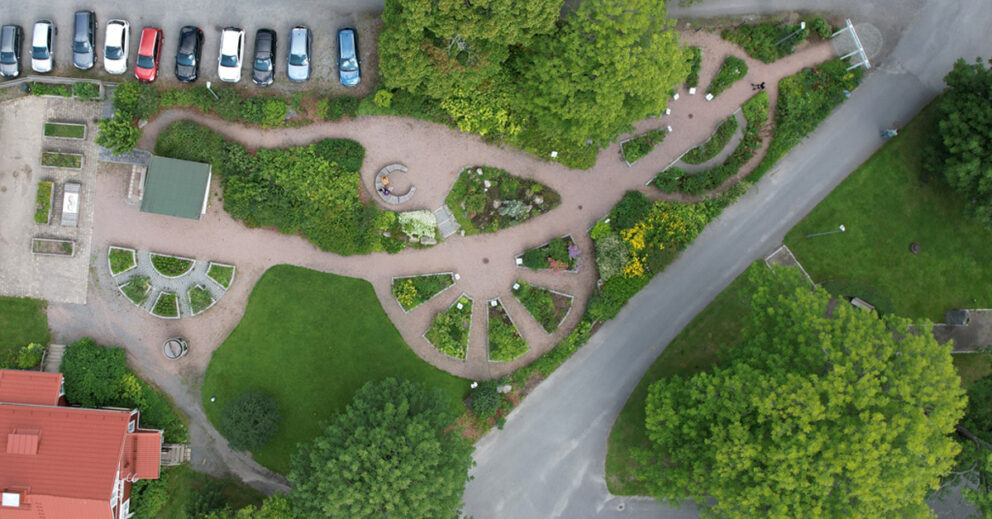Piikahaka is a valuable meadow in Tampere, Finland, which was mowed and raked this year by volunteers using the principles of participatory maintenance. A total of about thirty enthusiastic volunteers took part in the September maintenance work. The mowing was carried out not only by the contractor Pirkan ympäristöpalvelut Oy but also by AhlmanEdu's horticulture students. The residents of the area were also invited to participate. This kind of participatory maintenance could be a permanent approach to the management of valuable green areas in the future.
Maintenance by volunteers
In the summer of 2023, for the first time, sheep grazed part of the Piikahaka meadow area. The peripheral areas outside the pasture were to be mowed by machine as usual. The idea for the mowing and raking of the Piikahaka meadow came from a meeting in spring 2023 with green maintenance contractors and operators, as well as training representatives from AhlmanEdu. The meeting was convened by the European Platform for Urban Greening, project that develops cooperation in the field of greening.
During the meeting, a representative of the contractor responsible for the maintenance of the Piikahaka area, Pirkan ympäristöpalvelut Oy, discussed the management of the area and alternatives to mechanical mowing, as residents had previously given critical feedback on mechanical mowing and its impact on the wildlife and amenity to the area. This gave rise to the idea to carry out the mowing manually this year and to involve AhlmanEdu’s horticulture students in learning about the maintenance of this valuable traditional biotope. It was decided to organise a raking event the week after the mowing, with the participation of local residents.
The event received positive feedback from participants. Participants gained valuable insights into the methods and steps involved in traditional biotope maintenance, as well as the opportunity to contribute to the biodiversity and well-being of their local environment. Timo Koski, the City of Tampere’s gardener, suggested that in the future this type of management could also be applied to other valuable green areas in the city of Tampere.
Participatory maintenance of green areas
In participatory maintenance, common green areas and recreational areas, the local green, are looked after together. Communities in the area, such as residents or employees, participate in the maintenance work under the guidance of a green professional. Participants gain new experiences and deepen their skills, feel they are doing meaningful work for the common good, and become more engaged, observant, tidy and understanding of the dynamics and changes in the area.
For the maintenance manager (e.g. the city or the contractor), the participatory maintenance model, in turn, obviously provides more hands-on work, but also an opportunity to listen to the ideas and opinions of the communities in the area about the maintenance of the area and to increase the participants’ understanding of the scope of the maintenance work and its complexity.
This model of maintenance is particularly suited to large-scale or light maintenance work. This could include mowing a meadow or field, raking, building longitudinal trees or a path, etc.
Participatory maintenance of Piikahaka meadow was developed as part of the European Platform for Urban Greening project, in local cooperation with AhlmanEdu, the City of Tampere, Tampere Infra and Pirkan ympäristöpalvelut Oy. The international project, co-funded by the EU Erasmus+ programme, aims to increase knowledge and skills on climate change adaptation, biodiversity and human well-being in the urban environment. The project will strengthen the development of Centres of Vocational Excellence (CoVE) and cooperation between countries.








